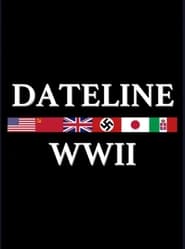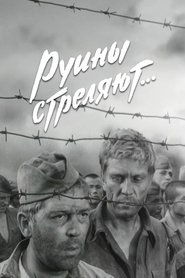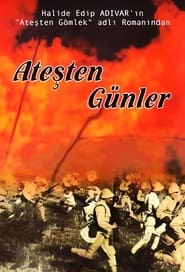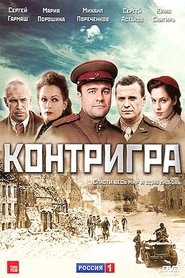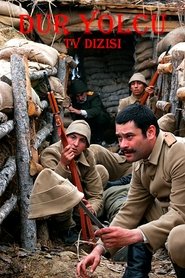War Politics TV Series - Page 98
-
砺剑
2005
砺剑
2005
-
Dateline: World War II
2007
star 5Dateline: World War II 2016 TV-PG Documentary · War In this detailed series, learn about the rise of Hitler's new Germany, Japan's invasion of China, and the fall of the Axis powers in 1945. Directed by Edward Feuerherd -
Counter-Intelligence
2013
Counter-Intelligence
2013
A five-part documentary series that examines in-depth the influence of espionage agencies on governments and societies, both domestically and abroad. -
Select Committee to Investigate the January 6th Attack on the United States Capitol
2022
star 6A series of planned hearings by the United States House Select Committee on the January 6 Attack. Bennie Thompson, Mississippi, Chair (D) Liz Cheney, Wyoming, Vice Chair (R) Zoe Lofgren, California (D) Adam Schiff, California (D) Pete Aguilar, California (D) Adam Kinzinger, Illinois (R) Stephanie Murphy, Florida (D) Jamie Raskin, Maryland (D) Elaine Luria, Virginia (D) -
The Great Transport
1983
The Great Transport
1983
The 1983 theatrical film of the same name reedited into a three part mini-series. -
Koltuk Sevdası
2001
Koltuk Sevdası
2001
-
长空铸剑
2004
长空铸剑
2004
-
Ruiny strelyayut...
1970
Ruiny strelyayut...
1970
The film is based on real events described in the documentary novel by Soviet writer Ivan Novikov, Ruins Shoot Point Blank, dedicated to the heroes of the Minsk underground during the WWII. -
Yugoslav Partisans
2024
Yugoslav Partisans
2024
Who were the Yugoslav Partisans? A docuseries about the founding and evolution of the largest armed resistance in Europe during World War II. -
Ateşten Günler
1987
-
Blob
1989
Blob
1989
Twenty minutes of “television substitute.” TV dismantled, reassembled, and laid bare through editing to reveal what the video and its everyday protagonists are really telling us. -
Контригра
0000
-
The Aerobics Project
2022
The Aerobics Project
2022
star 7.5The deliciously upbeat Aerobics Project brings together a delightful concoction of disco music, female empowerment… and spies! The feel-good series swoops us back to the early ’80s, when the French aeronautics industry was just getting off the ground. A buff American Jane-Fonda type (who’s actually named Jane) moves into a sleepy Toulouse suburb and turns the community upside down by introducing a handful of local women to aerobics. First and foremost among them is her clever next-door neighbor, Karine, the frustrated wife of a local aeronautics engineer. Jane’s aerobics class is soon the talk of the town, changing attitudes and knitting together a sense of mutual support and female bonding. There may be more to the beguiling American than originally meets the eye… but the lives of all these women will never be the same again. -
Dur Yolcu
2008
Dur Yolcu
2008
-
L'État de Grace
2006
L'État de Grace
2006
star 1L'État de Grace was a French television show that featured France's first female president.

